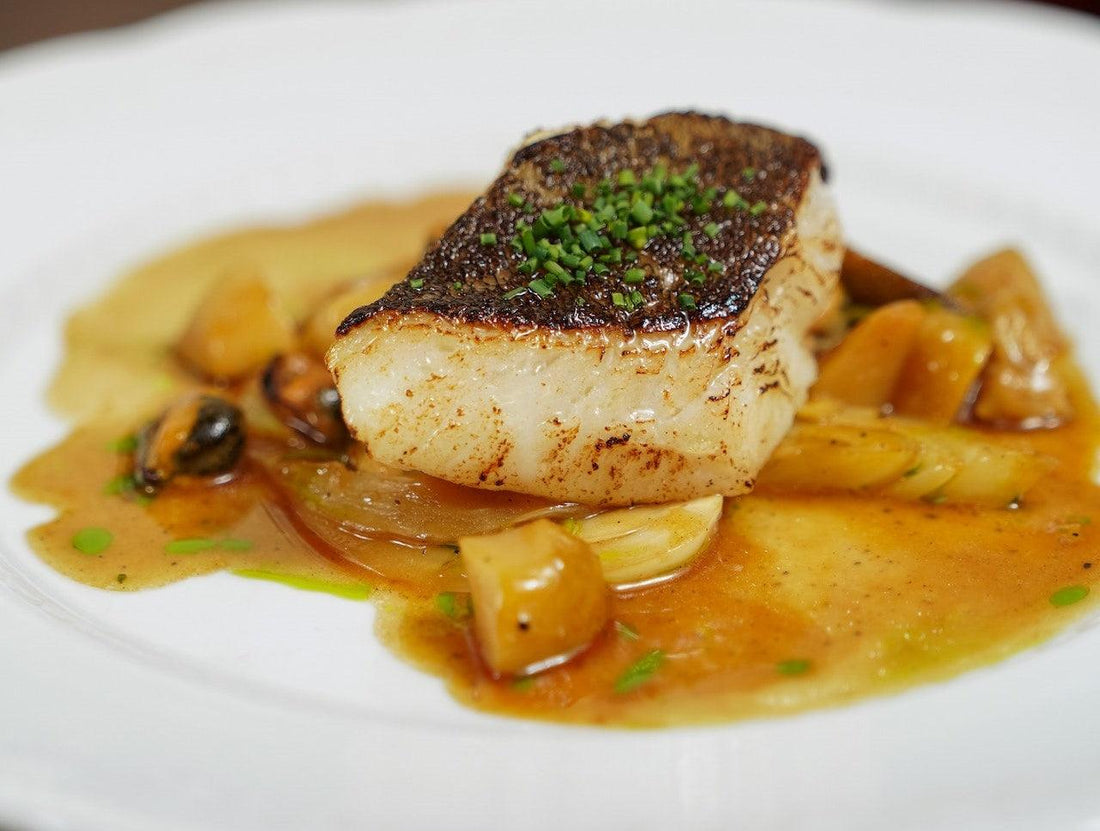
Foie Gras 101: A Journey from Ancient Delicacy to Modern-Day Luxury
Foie Gras, is one of those foods you often learn about after you reach adulthood. The concept of eating liver or pate is usually not one that appeals to teenagers (albeit there are exceptions). Foie Gras is the epitome of modern luxury eating but its tradition dates back to ancient geese.
The history of eating Foie Gras traces back to the ancient civilizations of Egypt. Its always been considered a symbol of opulence through the ages. The lore of Foie Gras was further ingrained in the gastronomic landscape by the French, making it an epitome of culinary luxury thanks to its rich, buttery texture and delicate flavor.
Duck vs. Goose: A Delicate Preference
The debate between duck and goose Foie Gras is a tale of two exquisite tastes. Duck Foie Gras is known for its rich, robust flavor and slightly firmer texture, making it a favorite among modern chefs. On the other hand, goose Foie Gras, with a more delicate flavor and smoother texture, is often considered the more traditional choice. Both variants offer a unique journey of taste, embodying the essence of luxury in their own right.
The Art of Grading: A Pursuit of Perfection
Purchasing Foie Gras requires a discerning eye for freshness, ethical sourcing, and reputable producers. Whether you opt for whole Foie Gras, mousse, or pâté, understanding the grading and the type of bird from which it comes will influence your buying decision and ultimately, the culinary experience.
The grading of Foie Gras is a meticulous process conducted by experts who evaluate the liver based on color, texture, and overall quality. The highest accolade is "Grade A," awarded to livers with a smooth texture, perfect shape, and exquisite taste. "Grade B" livers may have minor blemishes yet still offer high quality, while "Grade C" is often destined for pâtés and terrines. The grading often dictates the price, with premium Grade A Foie Gras commanding top dollar. Investing in premium grades is a personal choice, often swayed by one’s culinary aspirations and appreciation for the finer nuances of this gourmet delight.
At Meat N' Bone we only source Grade A Foie Gras as most of our consumers are looking to use as a topping for steaks or to eat it every once in a while. After all, if you are cooking at home... why not use the best there is?
Preserving the Prestige: Storing Foie Gras
Proper storage is key to retaining the sublime quality of Foie Gras. It should be kept in the coldest part of the refrigerator if to be consumed shortly, or frozen to extend its shelf life without compromising the texture and flavor.
The choice between fresh and frozen Foie Gras hinges on personal preference. While fresh Foie Gras boasts an unparalleled texture and taste, frozen Foie Gras offers the convenience of longer shelf life, making gourmet indulgence possible at a whim. We flash freeze our Foie Gras so it retains all of its quality and flavor.
The Culinary Canvas: Unleashing the Potential of Foie Gras
Foie Gras presents a versatile canvas for culinary creativity, whether seared to golden perfection, grilled, baked, or transformed into luxurious pâtés and mousses. Each method unveils a different facet of its flavor, making Foie Gras a cherished ingredient in the high-end culinary realm.
Here are a few SIMPLE and yet delicious ways to eat Foie Gras. That said, my favorite will remain pan-searing it and placing it on top of a delicious steak (New York Strip or Filet Mignon are my favorites for this):
Pan-Seared Foie Gras:
Ingredients: Foie gras (sliced into 1-inch thick medallions), Salt, Pepper, and optional accompaniments like fruit compote or balsamic reduction.
Procedure:
- Bring foie gras to room temperature for about 30 minutes before cooking.
- Season the medallions with salt and pepper.
- Heat a non-stick skillet over medium-high heat until it's very hot.
- Place the foie gras medallions in the skillet and sear for about 30-45 seconds on each side until they are crispy and golden brown.
- Remove from heat, drain excess fat, and serve immediately with your choice of accompaniment.
Foie Gras au Torchon:
Ingredients: 1 whole foie gras (duck or goose), Salt, Pepper, and a splash of cognac or Armagnac.
Procedure:
- Clean the foie gras by removing veins and any green spots.
- Season with salt, pepper, and cognac, then shape it into a cylinder.
- Wrap the foie gras tightly in cheesecloth, tying the ends securely.
- Poach in a pot of simmering water or chicken stock for about 2-3 minutes.
- Chill in the refrigerator for at least 6 hours before slicing and serving.
Foie Gras Terrine:
Ingredients: 1 whole foie gras (duck or goose), Salt, Pepper, and a splash of cognac or sweet wine.
Procedure:
- Preheat your oven to 275°F (135°C).
- Clean and season the foie gras as in the previous recipe.
- Place the foie gras in a terrine mold, cover with a lid or foil.
- Bake in a water bath for about 35-45 minutes until the foie gras reaches an internal temperature of 120°F (49°C).
- Chill in the refrigerator for at least 6 hours or overnight before slicing and serving.
← Older Post Newer Post →








